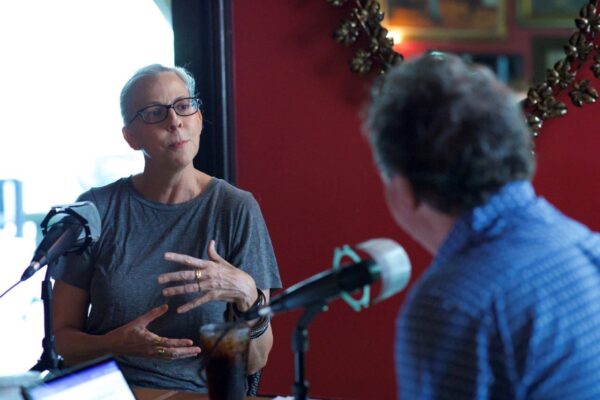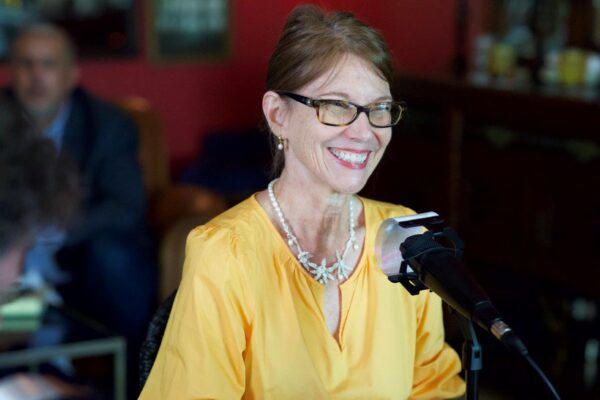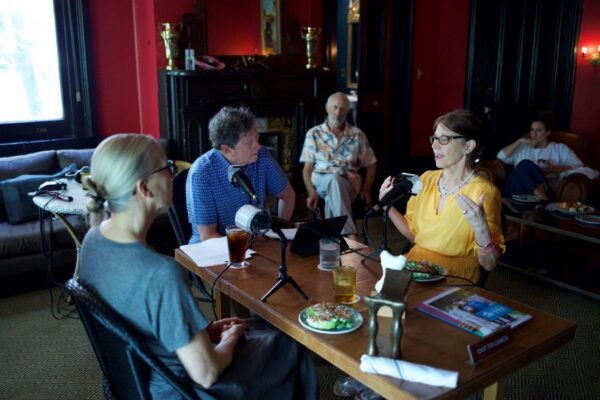When you walk into just about any interior space in the US – from the biggest office building to the smallest apartment – you’re almost certain to find art hanging on the walls. And not just one piece. From your doctor’s waiting room to your sister’s bedroom, you’ll typically find multiple works of art. Sure, they’re not all paintings, some of them are posters or prints, but at some point, each one had to be created by an artist.
Only around 1% of the US workforce are artists. So, with limited availability and high demand you’d expect artists to be highly paid. Most of them, though, are not. The reason might be something to do with the business model by which visual artists get paid.
In the film business, actors, directors, and writers pay agents a commission of 10% of their income. Musicians pay booking agents 10% of their income. Directors of commercials pay their business representatives 18% commission. If you’re a visual artist, you’ll pay your business representative – typically a gallery owner – a commission of 50% of the sale price of your artwork.
How does an artist survive in this kind of financial setup? That’s what we’re asking Anastasia Pelias.

Anastasia Pelias, her paintings are in museums and private collections across the country and her sculptures are public art in New Orleans
Anastasia is a New Orleans born-and-raised visual artist whose paintings and sculptures are in museums and in private and public collections across the country and around the world. In New Orleans you can see Anastasia’s paintings in the permanent collections of The New Orleans Museum of Art, The Ogden Museum of Southern Art and The Newcomb Art Museum. You can see her sculptures in St. John Park in Lake Terrace, and on Poydras Street as part of the Helis Foundation’s Poydras Corridor Sculpture Exhibition.
In case you’re thinking all 50% commission art gallery owners must be hard-hearted blood-sucking mercenaries, meet Marguerite Oestreicher. Marguerite owned an art gallery in the heart of New Orleans’ art district on Julia Street, until Hurricane Katrina closed it down.

Marguerite Oestreicher, her experience owning an art gallery on Julia Street prepared her for her current role as Executive Director of the New Orleans Area Habitat For Humanity
In part, Marguerite credits the skills she picked up running her art gallery with her ability to perform her current job as Executive Director of New Orleans Area Habitat For Humanity.
NOAHH, as it’s commonly known, has 65 full-time employees and builds around 25 homes a year. Their stated mission is, “To responsibly build communities where families can thrive in homes they can afford.”
For whatever reason – maybe because it helps bring order to a chaotic world – human beings like to divide by 2. We like to put things in one category, or another. Republican or Democrat. Employed or unemployed. Artist or Businessperson. Renter or Homeowner.
Marguerite’s mission at Habitat For Humanity is defined by categories: moving people from one to another. From renter to homeowner. To survive as an artist, like Anastasia, you have to defy the categories of art versus business – you need to keep one foot in each world.
Across all these categories, the one thing most of us have in common is, we like to live in an affordable home where we can hang our art on the walls.

Anastasia Pelias, Peter Ricchiuti, Marguerite Oestreicher, Out to Lunch at Columns in Uptown New Orleans
Out to Lunch was recorded live over lunch at Columns in Uptown New Orleans. Photos by Blake Langlinais.





